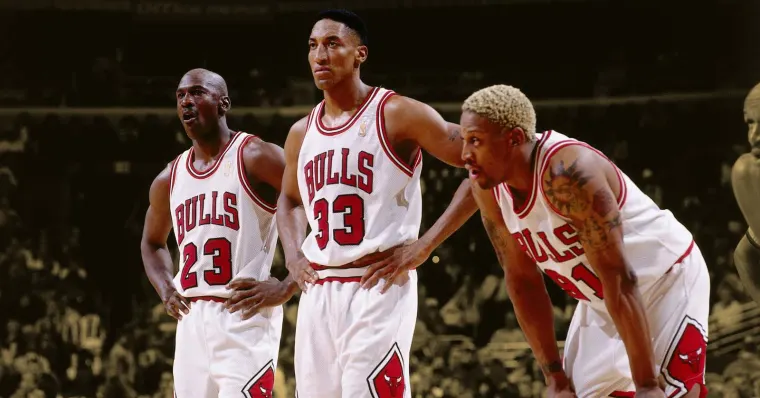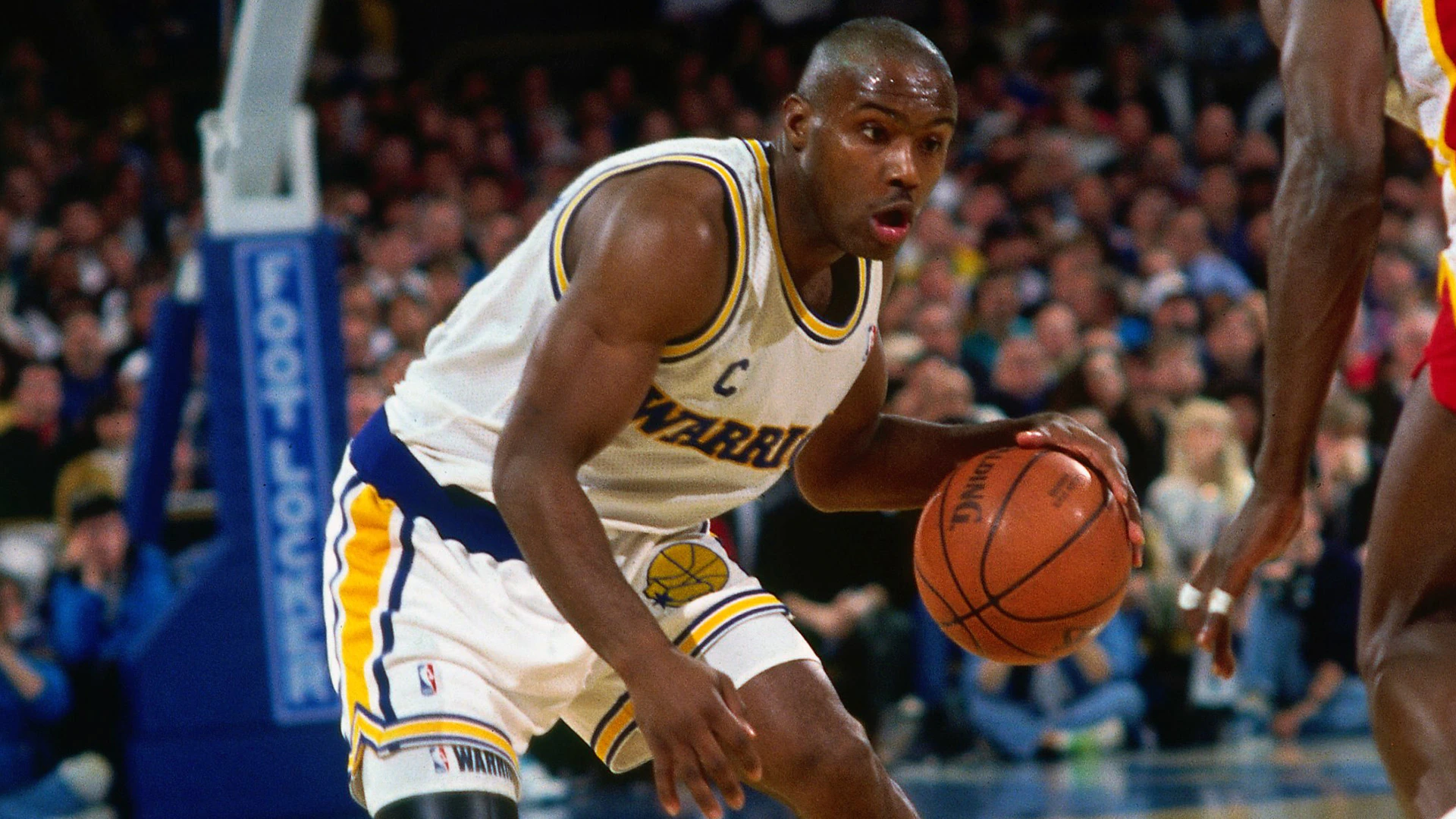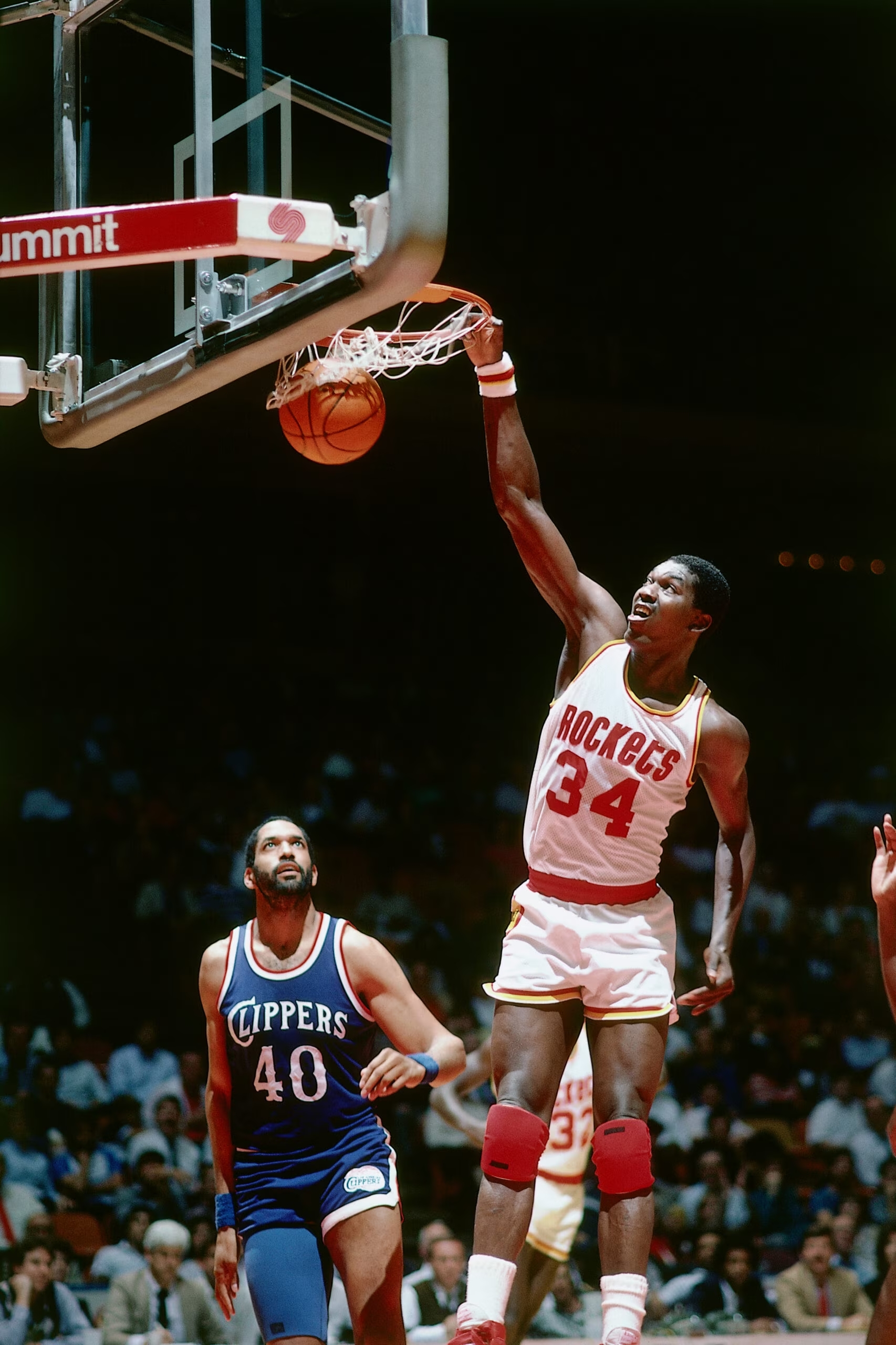Expansion and Franchise Movement:
In 1995, the league expanded with two new teams joining which brought a total of 29 teams in the NBA. The teams joining were both based in Canada which was the first time a Canadian team had joined the league. These teams were the Vancouver Grizzlies and Toronto Raptors.To add, there were also no franchise relocations in the 90s.
Playstyle:
The playstyle in the 90s is often described as ‘grit and grind’ style as it was increasingly physical and pressure was put on the ball especially on defence. Due to this there were many steals as high pressure was put on the ball handler. Players like Jordan and Rodman are known for this style of play. The teams in the 90s were also more defence orientated than today's game which did lead to lower scoring games, but extremely competitive play. ‘Hero ball’ also started to emerge where players are less team focused and try to score themselves, this was both beneficial and disadvantageous in certain instances.
Continuing from the late 80s, basketball was still extremely physical and aggressive in terms of physical contact between players. The pace of the game also started to become slower, as coaches wanted players to play more conservatively to limit turnovers and maximise scoring efficiency. The league was also dominated by big men resulting in a slower game pace and since the three pointer wasn’t thought of as the best scoring tactic at the time. As offences weren’t quite developed to include the three pointer, post game under the rim was still the dominant scoring strategy.
Rule Changes and Innovation:
In the 90s, further rules were created to limit the physical contact defenders could make with the opposing players. Therefore, hand checking restrictions were put in place in 1994. Furthermore, flagrant fouls were introduced to protect the safety of players and penalise dangerous fouls, as basketball had become increasingly physical and aggressive since the late 1980s. When a flagrant foul is committed the player who is fouled gets two free throws.
Additionally, the league experimented in shortening the three point line in the 1994-95 season until the 1996-97 season. The change resulted in the three point line being shortened from 22 feet in the corners and 23 feet 9 inches elsewhere to 22 feet all around. This was done to try and promote three point shooting in the league, however was changed back for the 1997-98 season as it wasn’t that successful in doing so.
The game was also pioneered by exceptional skills from the players. Some notable moves that innovated the game of basketball were Michael Jordans fadeaway which was a move that already existed, but was mastered and taken to the next level by Jordan. Also, Tim Hardaway’s killer crossover which arguably revolutionised dribbling and ball handling.
Notable Players and Teams:
Considering the intense rivalry and competitiveness between teams, many people believe the 1990s to be the best era of the league. However in this decade, the Chicago Bulls dominated, winning six championships. The Chicago Bulls were led in scoring by Michaell Jordan alongside players such as Scottie Pippen and Dennis Rodman. The Houston Rockets led by Hakeem Olajuwon with 27.3 points per game in the 1993-94 season also won twice, in 1994 and 95 during Michael Jordan's hiatus from the league. Aside from these teams, the Detroit Pistons won in 1990 and the San Antonio Spurs also won a championship in 1999.
Another notable team is the USA 1992 Barcelona Olympics team, nicknamed the ‘dream team’. This team didn’t earn that name for nothing as it was composed of many of the best NBA stars in history. Players such as Michael Jordan, Larry Bird, Charles Barkley, Magic Johnson, Patrick Ewing and more. At this Olympics, the US won the gold medal beating Croatia 117-85.
Michael Jordan:
Jordan is widely regarded as the best player of all time and in the 90s. He won six finals MVPs, five regular MVPs and in the 90s averaged 30.1 points per game in his career, which is the highest of any player in NBA history. Jordan was also a winner of two slam dunk contests, known for his free throw line dunk and due to his vertical jump earned him the names ‘Air Jordan’ and ‘His Airness’.
Another dominant player in the 90s was Hakeem Olajuwon who stands at seven foot tall and averaged 21.8 points and 11.1 rebounds in his career. He won two championships with the Rockets and is known as one of the greatest centres ever.
Cultural Impact:
The 90s saw an explosion and growth of sneaker culture as this was largely influenced by Michael Jordan’s, Air Jordan basketball shoes. Due to Michael Jordan's success in the NBA, the Air Jordans became widely popular on and off the court, impacting fashion of basketball fans and people worldwide. Therefore, the Jordan line of shoes still remains sought after, fashionable and in demand to this day. The connection between hip-hop and basketball continued to be prominent in the 90s as well and the fashion in the NBA saw a change. Baggy shorts became the new on court look for many players, which in turn influenced the fashion and streetwear for others too. As the NBA and basketball reached its peak in popularity, basketball became a known sport worldwide and saw an emergence of many international players such as Dirk Nowitski, Steve Nash and Manu Ginobili leading to more cultural diversity in the league. The Women’s National Basketball Association (WNBA) was also founded in 1996 with the first season being held in 1997.



 Tim Hardaway perfoming his
Tim Hardaway perfoming his  Hakeem Olajuwon
Hakeem Olajuwon